About Iranian decorative words and letters
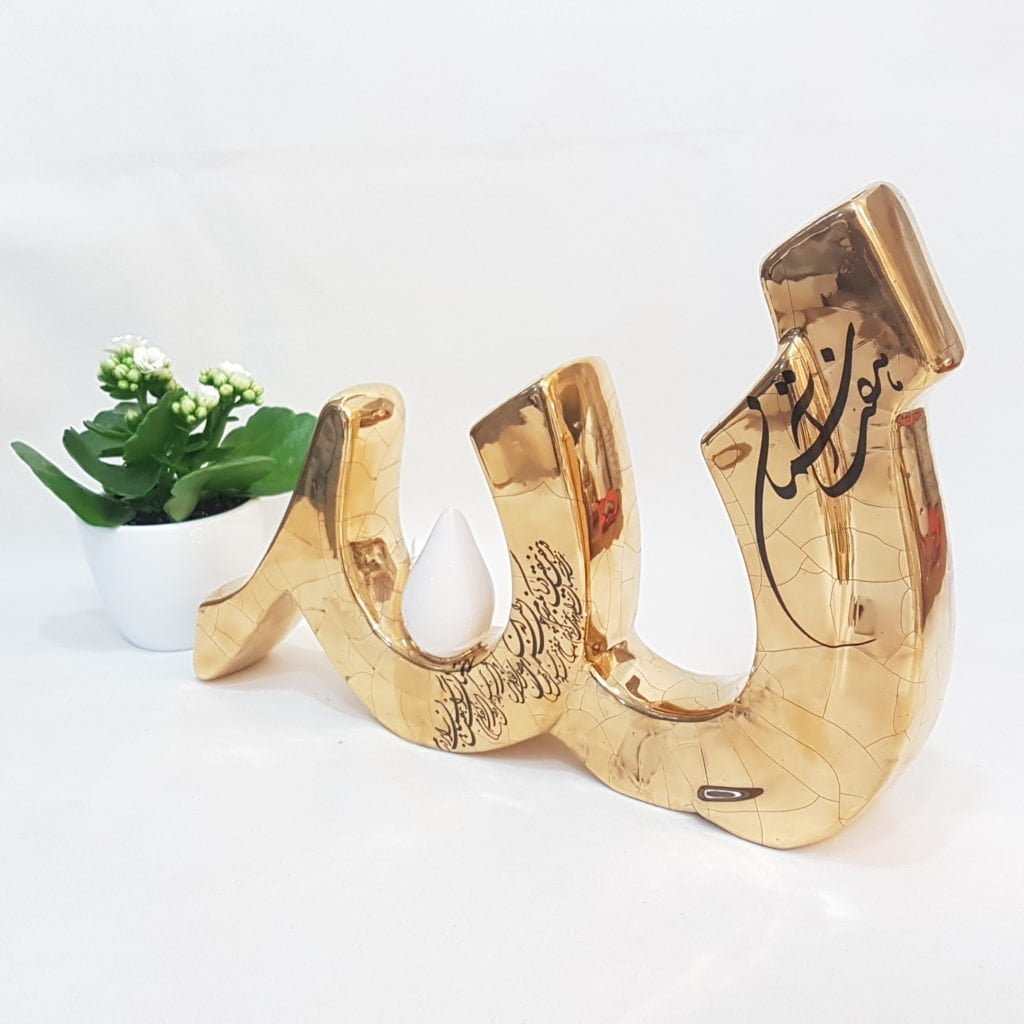
The Persian alphabet and its decorative words are used by many people around the world to write and communicate. It has thirty-two letters, including vowels and consonants, that combine to form countless words. The Persian alphabet closely resembles the Arabic script, with most letters sharing a similar shape. However, some letters look different in Persian, and there are a few additional letters not found in Arabic. Persian has six vowels: three long and three short. The remaining letters are consonants that build the structure of words. Persian writers usually leave out the vowels between letters, unlike Arabic. So, they write most words mainly with consonants.
The Cultural Significance and History of the Persian Alphabet
The Persian alphabet letters or are also part of the tradition and culture of Iran, which has brought with it many monuments and art of this country. These are the words and phrases that make history and keep many literary works, Persian poems, and stories alive. The language, despite its changes over the years due to the existence of a solid foundation, helps people to read and learn the history of the past. Therefore, these letters are a very important symbol in Iranian culture, and keeping a symbol of these letters at home in the form of a statue can be a sign of respect for the Persian language and interest in Iranian culture and Persian art. In the following, we will further scrutinize the origin and history of the Persian language.
History of the origin of the Persian Decorative Words and letters
The Persian alphabet letters are very old. As you know, humans use Persian calligraphy or writing as a way to communicate ideas. At first, they used drawings like Egyptian hieroglyphs to show objects. Later, they simplified these drawings and turned them into specific symbols. Early Sumerian cursive and calligraphy are examples of this change.
The Sumerians created pictorial writing 7,000 years ago, and the Egyptians used it 5,000 years ago. After the pictorial script, a syllabic script was created. The Sumerians invented cuneiform 5,000 years ago. The Akkadians improved it. Others, like the Hittites, Elamites, Medes, and Pars, adapted it for their languages. The Phoenicians, on the other hand, completed the syllable they had taken from the Aramaeans and brought it closer to the alphabet. The Greeks took it and created the alphabet, where each letter represents a sound. Therefore, it can be said that the alphabet, which is used in a large part of the world today, was invented by the Greeks. The history of Persian Decorative Words and letters goes back to the same point.
The Evolution of Writing Systems in Ancient Iran
Ancient Iran used two main types of alphabetic scripts: ones with distinct vowel letters (like Greek and Latin) and ones where vowels are optional and marked by symbols (like Hebrew and Arabic). Iranians never had their own original script but adapted and simplified others’ scripts for their language. Early writings during the Achaemenid period used Aramaic, Elamite, and cuneiform scripts. Persian cuneiform, derived from Akkadian, was simplified and used until the Sassanid era. Important ancient Persian inscriptions, mostly in cuneiform, were made by kings like Darius I and Cyrus II. This script had 26 letters and special number symbols.
The most detailed and important Persian writings of ancient Iran are by Darius the One. Only five short inscriptions have been found from before him, two of which are from Cyrus the Two, the first Achaemenid king. All these inscriptions are in cuneiform. Many inscriptions of Achaemenid kings survived. They are in cuneiform. All have been read and translated. This cuneiform comes from the Akkadian script. It was simplified for the Persian language. This line has 26 letters and special symbols for numbers.
The evolution of the Persian language
After the Greeks, the Parthians initially used Greek script for royal names on coins. Later, they adopted the Pahlavi script, derived from Aramaic, for official documents. This change happened gradually over time. During the Sassanid period, Pahlavi was used to write Middle Persian. The Pahlavi script was incomplete and hard to read. Toward the end of the Sassanid era, Zoroastrian clerics developed a new script with 47 letters, each representing a Persian word or letter, considered one of the best alphabets of its time.This calligraphy was invented to write the Avesta, which is a Zoroastrian religious book, and for this reason, it is called the Avestan Persian book script. There was also a language called Avestan, but it is not clear which part of the vast territory of Iran the people spoke in that language at the time.
Conclusion
We do not know exactly when Iranians started using the Arabic script for Persian. The oldest text dates to the fifth century AH. Long before that, Arabic and Persian script was used in government documents. To write Persian, Iranians added four letters for sounds missing in Arabic: g, zh, p, and ch. Over time, these letters and Decorative Words became part of Persian calligraphy and culture.






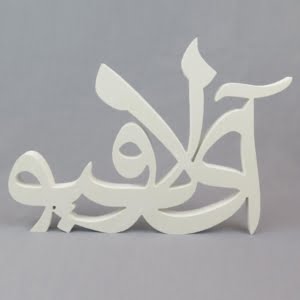
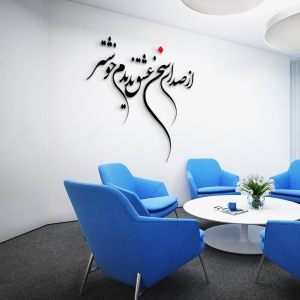
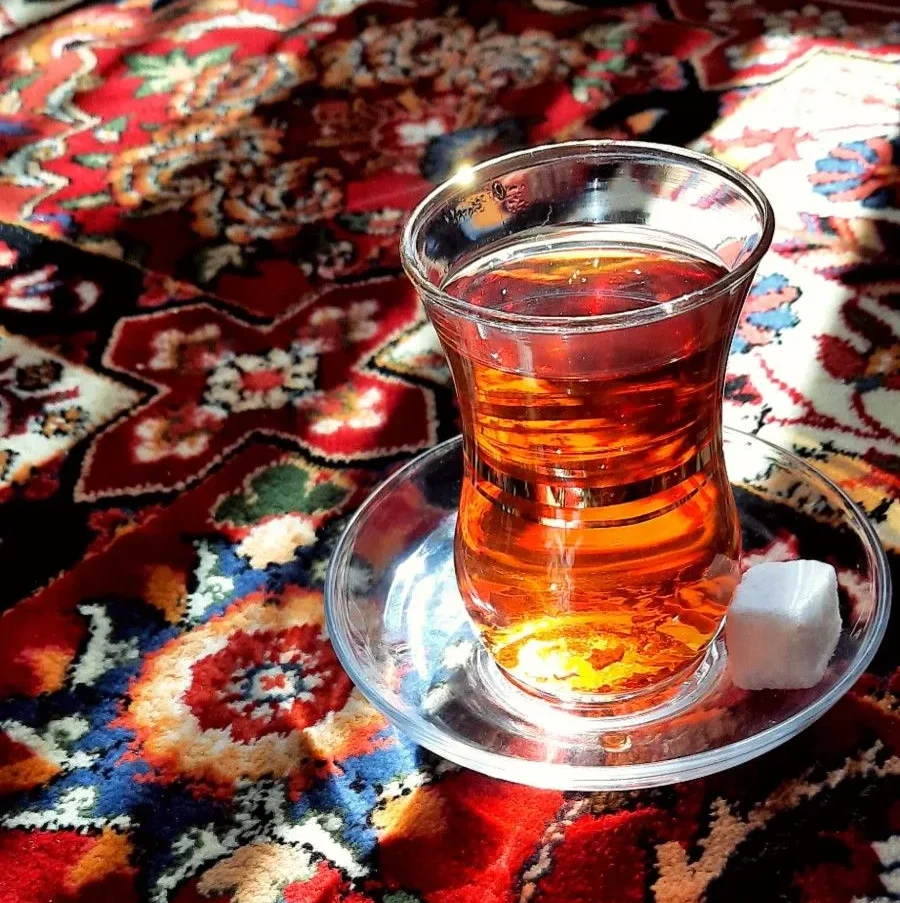
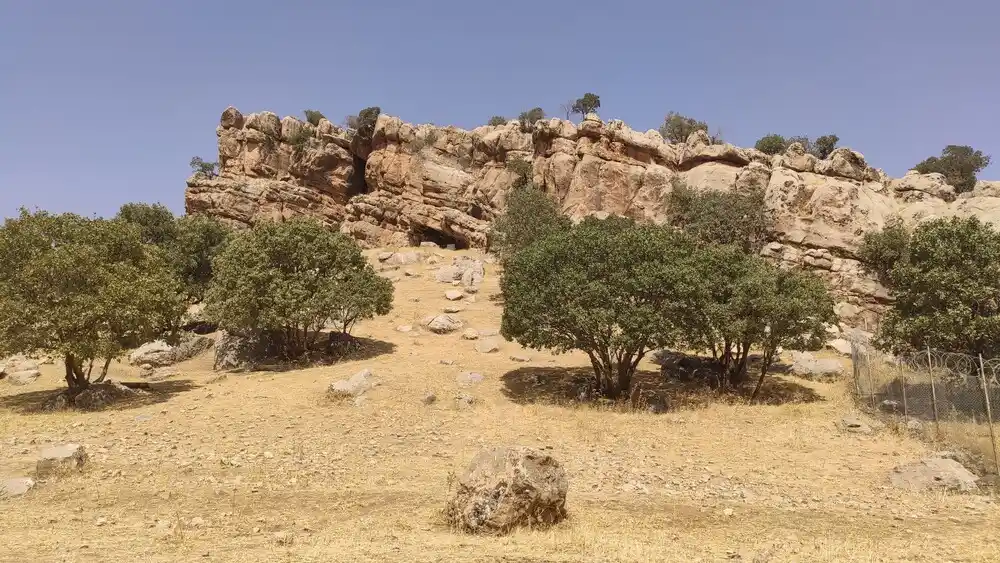
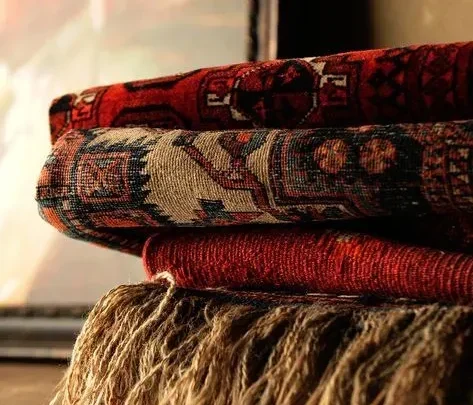
Comments